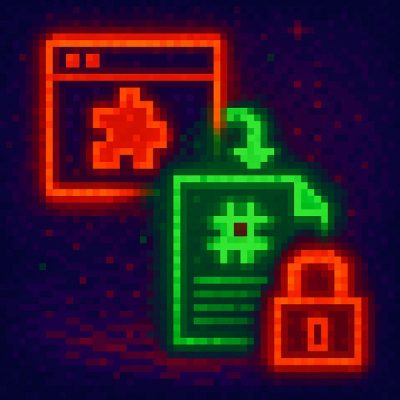
Security News
Another Round of TEA Protocol Spam Floods npm, But It’s Not a Worm
Recent coverage mislabels the latest TEA protocol spam as a worm. Here’s what’s actually happening.
braintreehttp
Advanced tools
BraintreeHttp is a generic HTTP Client.
In it's simplest form, an HttpClient exposes an #execute method which takes an HttpRequest, executes it against the domain described in an Environment, and returns a Promise.
An Environment describes a domain that hosts a REST API, against which an HttpClient will make requests. Environment is a simple class that contains one property, baseUrl.
let env = new Environment('https://example.com');
HTTP requests contain all the information needed to make an HTTP request against the REST API. Specifically, one request describes a path, a verb, any path/query/form parameters, headers, attached files for upload, and body data. In Javascript, an HttpRequest is simply an object literal with path, verb, and optionally, requestBody, and headers populated.
HTTP responses contain information returned by a server in response to a request as described above. They are simple objects which contain a statusCode, headers, and a result, which reprepsents any data returned by the server.
let req = {
path: "/path/to/resource",
verb: "GET",
headers: {
"X-Custom-Header": "custom value"
}
}
client.execute(req)
.then((resp) => {
let statusCode = resp.statusCode;
let headers = resp.headers;
let responseData = resp.result;
});
Injectors are closures that can be used for executing arbitrary pre-flight logic, such as modifying a request or logging data. Injectors are attached to an HttpClient using the #addInjector method. They must take one argument (a request), and may return nothing, or a Promise.
The HttpClient executes its injectors in a first-in, first-out order, before each request.
let client = new HttpClient(env);
client.addInjector((req) => {
console.log(req);
});
client.addInjector((req) => {
req.headers['Request-Id'] = 'abcd';
});
...
The Promise returned by HttpClient#execute maybe be rejected if something went wrong during the course of execution. If the server returned a non-200 response, this error will be an object that contains a status code, headers, and any data that was returned for debugging.
client.execute(req)
.then((resp) => {
let statusCode = resp.statusCode;
let headers = resp.headers;
let responseData = resp.result;
})
.catch((err) => {
if (err.statusCode) {
let statusCode = err.statusCode;
let headers = err.headers;
let message = err.message;
} else {
// Something else went wrong
console.err(err);
}
});
(De)Serialization of request and response data is done by instances of Encoder. BraintreeHttp currently supports json encoding out of the box.
BraintreeHttp-Node is open source and available under the MIT license. See the LICENSE file for more info.
Pull requests and issues are welcome. Please see CONTRIBUTING.md for more details.
FAQs
A library for integrating with BraintreeHttp.
We found that braintreehttp demonstrated a not healthy version release cadence and project activity because the last version was released a year ago. It has 1 open source maintainer collaborating on the project.
Did you know?

Socket for GitHub automatically highlights issues in each pull request and monitors the health of all your open source dependencies. Discover the contents of your packages and block harmful activity before you install or update your dependencies.

Security News
Recent coverage mislabels the latest TEA protocol spam as a worm. Here’s what’s actually happening.

Security News
PyPI adds Trusted Publishing support for GitLab Self-Managed as adoption reaches 25% of uploads

Research
/Security News
A malicious Chrome extension posing as an Ethereum wallet steals seed phrases by encoding them into Sui transactions, enabling full wallet takeover.